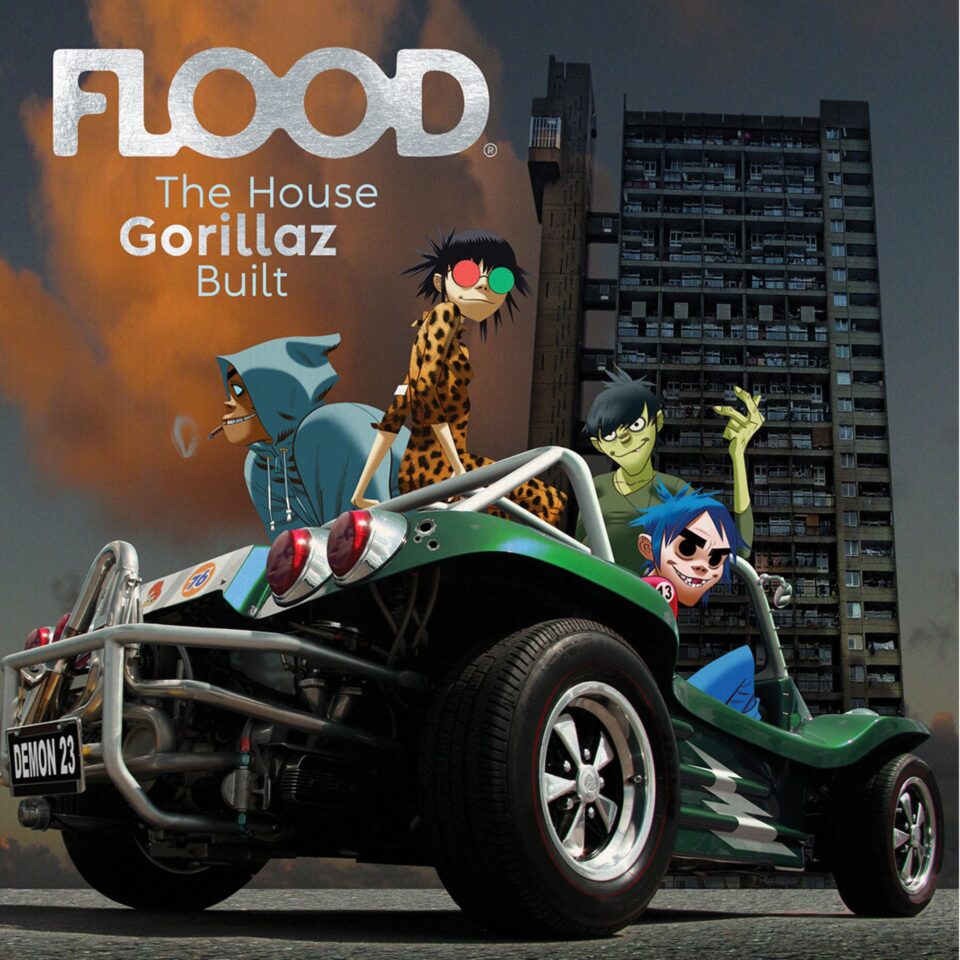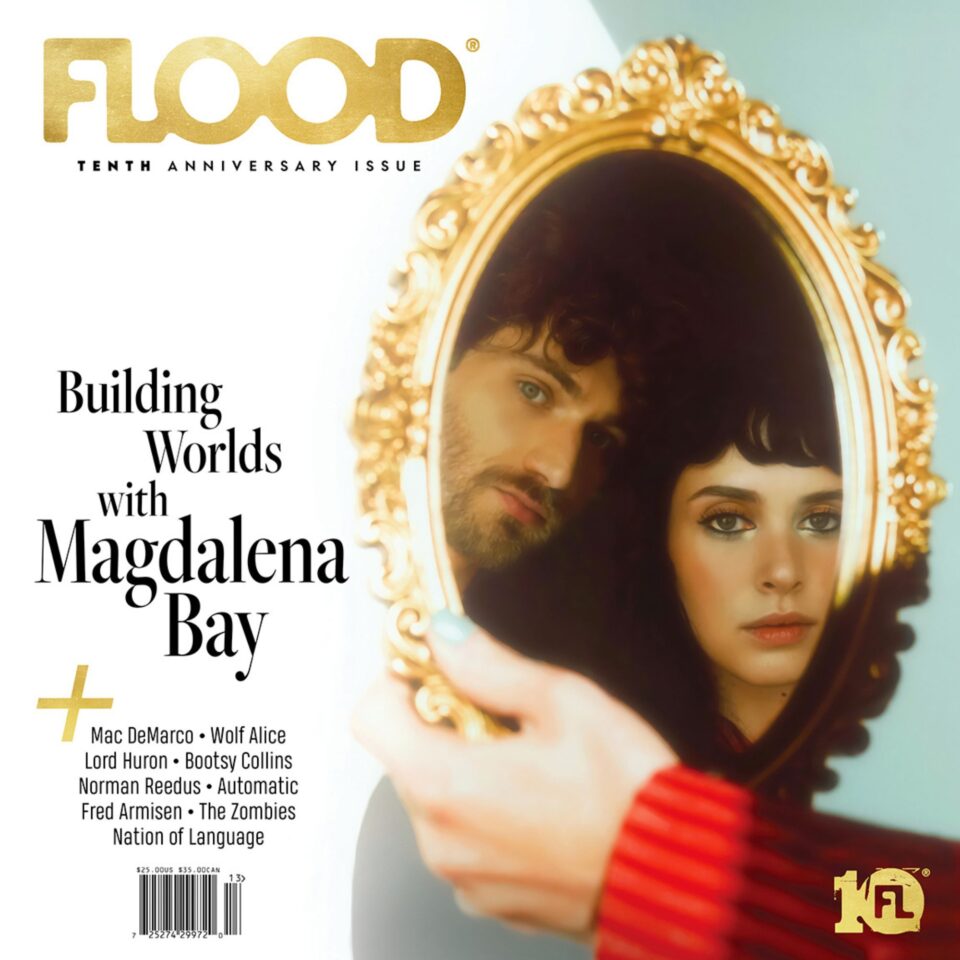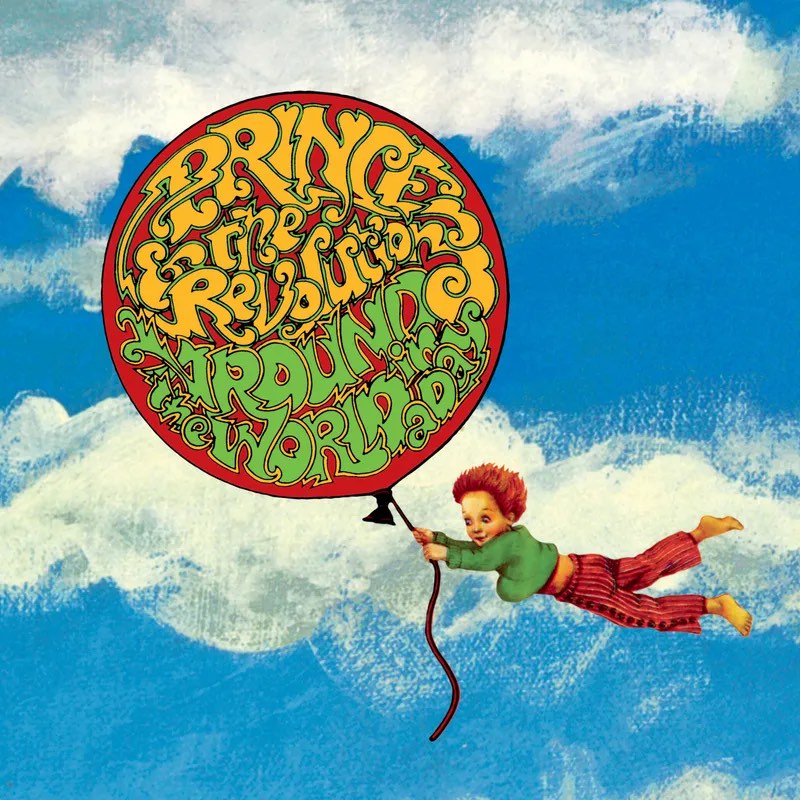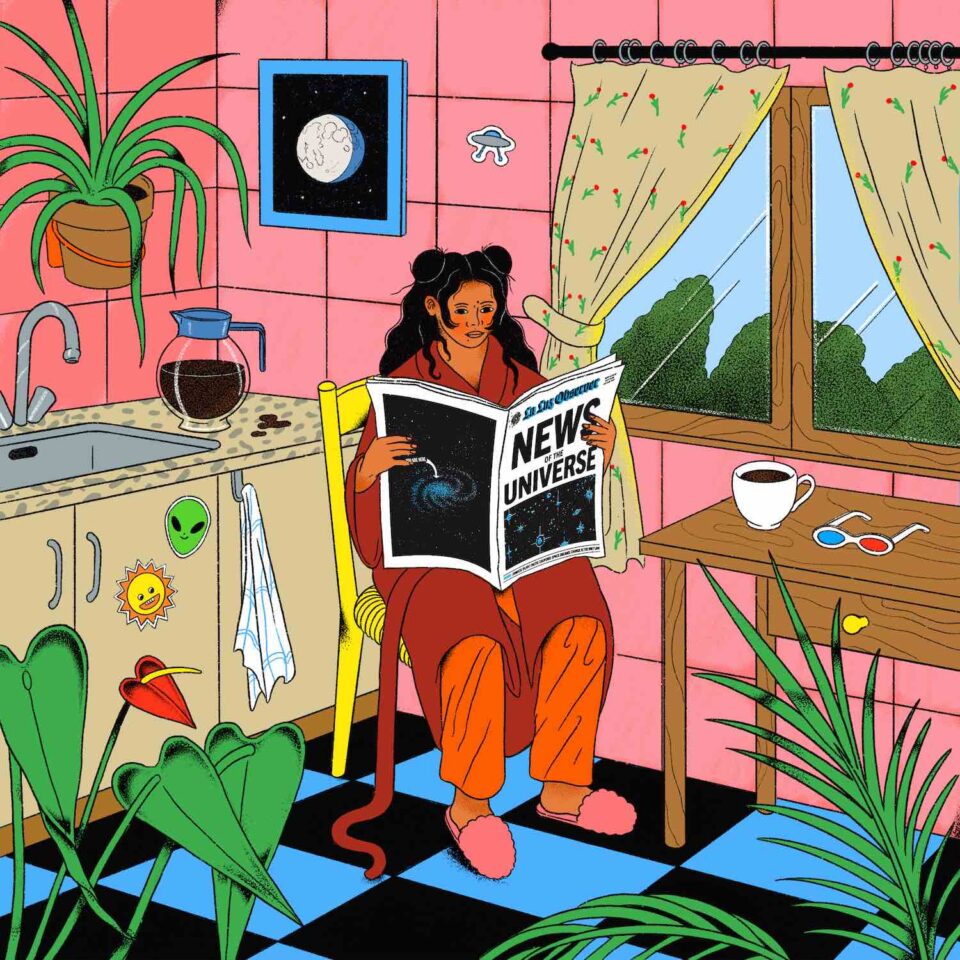Fresh off a performance at this year’s Burning Man, Tom Howie and Jimmy Vallance of Canadian duo Bob Moses are feeling sentimental. They’d played the event 12 years prior as a “fledgling band,” but returned this past August as heavyweights of electronic music ahead of the release of their new album Blink. A seamless collection of jubilant electropop tracks strategically designed to provide fans the opportunity to temporarily disassociate from reality, Blink is an entrancing journey. While impressively imposing, the record is far from an explosion. It’s an enthralling listen suitable for liminal spaces large and small.
“Last Forever” and the title track provide the emotional and sonic bookends for the record’s 10 songs, which each explore the highs and lows of personal and professional success: experiencing the joys of new life and realizing that others may be reaching their final destination; witnessing career pinnacles come to fruition while attempting to hold onto, relive, and replicate those moments. These explorations are best encapsulated on the opening track (“I know the time will come / We’ll never be the same / Wish I could find a way to make it last forever”) and the closer (“When the road is long, I promise I’ll be strong / How do I carry on? / You blink and then it’s gone”).
With the record out now via AWAL, we had a candid conversation with Howie and Vallance about Blink, career milestones, the current state of electronic music, and more.
What sparked this desire for you both to explore the topic of ephemerality on Blink?
Tom: Both of us having kids probably sparked it, but I wouldn’t say it was conscious. When we write, it just happens, and we figure out what it’s about later. When we were working on “Last Forever,” my baby son was playing on the floor, and I was struck by how perfect I had it. It was a new phase of life. This is our fourth album, which grapples with where we’ve come from, where we’re going, and seeing the fragility of life. It feels like we’ve made it so far, but not all the way. These moments—like selling out Red Rocks, or a SOCAN #1 Alternative record trophy—happen, and then they pass. It feels like you can’t hold onto them, and that they’re not yours. Then, you’re back alone in a room writing music like when you were a teenager.
Jimmy: We’ve seen a lot of institutions come and go in our 12 years together, whether that’s night clubs or festivals or acts. Tom and I are still here. We still love each other, and that’s not a given. That’s a privilege.
How does Bob Moses do “liminal”?
Tom: Writing an album is liminal. You put an album out, tour it for a year and a half, then you spend a year thinking about the next one. A three-year cycle. A lot of dance music culture is about journey. If you’re viewing something through the perspective of a journey, you’re always in a transition, leaning from one thing to the next. And maybe not a direct definition, but we’ve always had one foot in the world as a band, and one foot in dance music. Being on the threshold between the two.
Jimmy: Also, I love places that are meant for transitory moments. As a touring musician, you spend a lot of time in those places, and they can’t help but inspire your work. Our favorite records, ones that help us transition as artists or in phases of life, have done that for us. There’s nostalgia in it.
“We’ve seen a lot of institutions come and go in our 12 years together. Tom and I are still here. We still love each other, and that’s not a given. That’s a privilege.” — Jimmy Vallance
What do you think of the current state of electronic music?
Jimmy: Back when we started, there were acts that released singles and acts that were “album acts.” Electronic music is a great genre to be a “singles act” in, because you can have the hot record of two months, then the next one pops up. As an album artist, that’s quite defeating, because the longevity isn’t there. With an album, you have the chance to contextualize music and find an audience that digs into it. You’re asking a lot of people to spend the time to get into the 10 tracks. Good albums often earn your affection, they’re not immediate. It’s so important that electronic music releases albums, because that’s what will keep it interesting as an art form. The “it” sound comes around, but albums let an artist stand on their own two feet and live within whatever the “it” thing is.
Tom: The album is the basis for your next creative output. You get to create a world—the show, the visuals. That’s less important for some artists, but it’s a very important part of who we are.
How do you curate a project of songs that feel so seamless together?
Jimmy: We write and finish way more than what ends up on the record, but because we come from DJ and electronic culture we’ve gotten really good at self-editing. It becomes the process of, “What is an enjoyable listen?” It’s the flow of the record, whether it leaves you feeling exhausted or wanting more—which is what we want. By the time we’ve finished a record, we’ve sat with the music for the better part of a year, so we play with it like a DJ set.
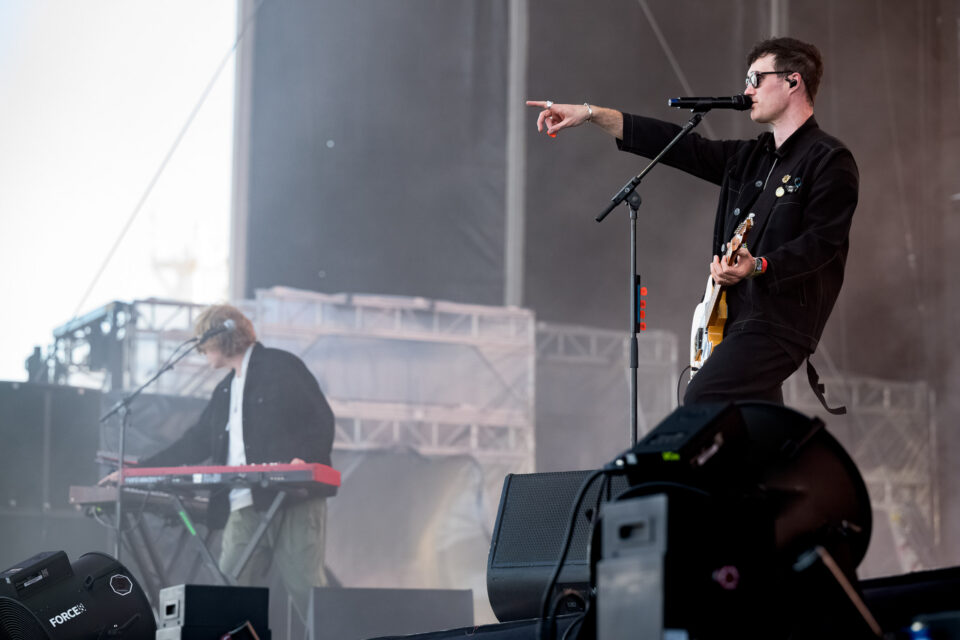
Bob Moses
For this album, we went through at least 10 iterations of track list order. We really made an effort to contextualize the record, even from a narrative perspective. You want to tell a story, and you can drive yourself crazy with how you want to present it. That’s a good thing about our partnership: If one of us goes overboard, the other can throw in a life preserver.
Tom: You start amassing songs, and for every five or six, you have 30 to 40 other ideas. Those songs start to tell you a story, and you start to subconsciously create knowing that this body of work is forming.
Are there elements of pop music necessary to be heard outside of the general electronic music sphere?
Tom: The longer we do this, the more we realize nobody has any fucking clue what’s going to work. There are rules you can try to follow, but for every rule there’s an exception. This answer used to piss me off, but it’s really about channeling emotion as purely as possible, and hitting a moment in time where that thing goes into larger culture.
Jimmy: I don’t want to sound like some pretentious hipster underground electronic person, but the idea of what “pop” is is so muddled. When we were starting out, it was things you heard on Top 40 radio with a verse-chorus structure that were catchy as fuck. Then, there’s calculated, Spotify-playlist pop. There needs to be a distinction between pop that’s effortless versus pop that’s scientific. People have made a career getting in a room with 10 people trying to make the next pop song, but coming up with something so undeniably catchy is a magical thing. It’s like what happened to us with “Tearing Me Up.” No A&R at that time would’ve ever said, “Yeah, we need a seven-minute bluesy dance track.” They don’t know, just like we don’t know.

Bob Moses
“That’s a good thing about our partnership: If one of us goes overboard, the other can throw in a life preserver.” — Jimmy Vallance
“The longer we do this, the more we realize nobody has any fucking clue what’s going to work. There are rules you can try to follow, but for every rule there’s an exception.” — Tom Howie
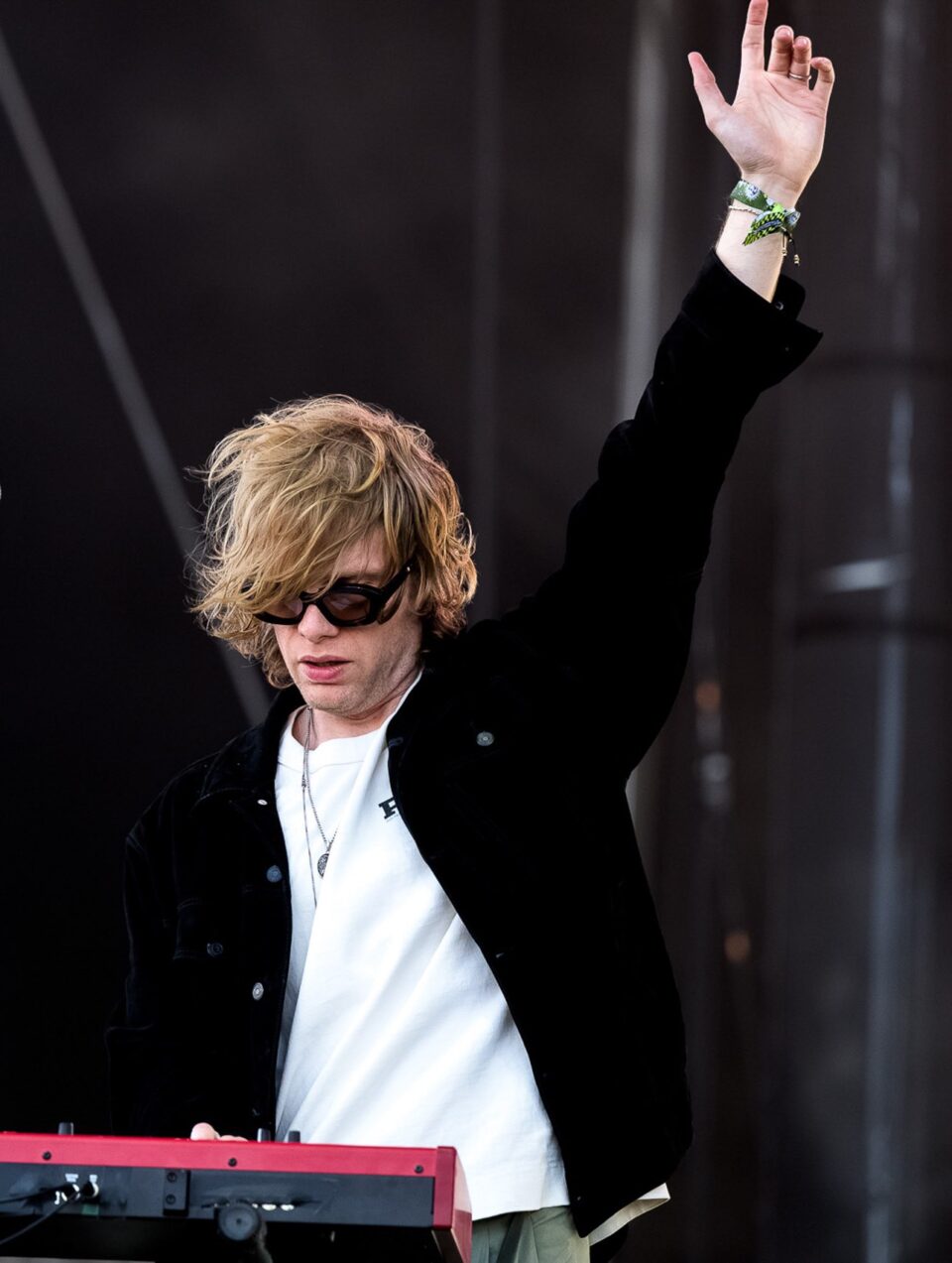
How do you make emotive music that appeals to the senses?
Tom: We started making records for warehouse parties, so a big part of it is being connected to the visceral feeling of being at a live event.
Jimmy: Electronic music is one of the most primal forms of using dynamics to get a reaction. There are tricks that dance music uses in a live room that don’t translate at home. Tom and I will try to picture ourselves being in the room, which is why it’s important to go to shows as an artist. It allows you to experience that visceral reaction in real time.
What song on this project best elicits that feeling?
Tom: “Blink” or “Keep Love Waiting,” which I’m really excited about. I imagine us playing that in an arena with the band. It’s that big synth buildup at the end.
“Higher Ground” makes me want to start floating.
Tom: We’ve been playing that a bunch this summer and it goes over really well. We’re excited for the album to come out and to let people digest it. We’re lucky that we have an audience. We still get to play shows where we convert a lot of fans, but we also get to play shows where we have fans. FL



